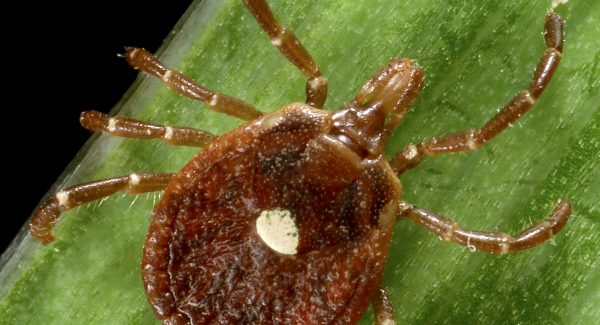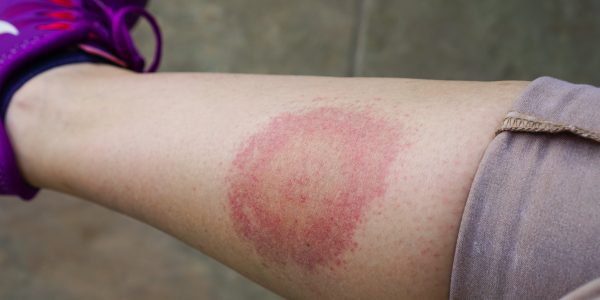TICK Control
Tick Control
Ticks can transmit diseases such as Lyme disease, ehrlichiosis, babesiosis, Rocky Mountain spotted fever, and Powassan virus. In recent years, researches have also found that ticks may cause an allergy to meat, known as alpha-gal allergy.
There are two particular types of ticks that we should be extremely careful of:
Deer Ticks are the main transmitters of Lyme disease. Symptoms of Lyme disease include fever, headaches, fatigue and a characteristic bull’s eye-shaped skin rash.
Lone Star Ticks: The Lone star tick gets its name from the single silvery-white spot located on the female’s back. These ticks attack humans more frequently than any other tick species in the eastern and south-eastern states.



Behavior
Ticks prefer to hide in grass and shrubs while waiting for a passing host. They prefer vegetation located in transitional areas such as where forest meets field, mowed lawn meets unmowed fence line, or a foot trail through high grass or forest as there areas are where most animals travel sometime during a 24-hour period.
How to remove a Tick properly by using the Tweezer Method.
➔ Stay calm and gently pull back any hair from around the tick, exposing the skin near the tick bite
➔ Locate the head of the tick, grasp it as close to the skin as possible using the fine tipped tweezers and gently squeeze. Do not grab the tick’s body, as this can increase the chance of injecting the tick’s blood into the skin.
➔ Pull outward in a straight motion until the pressure pulls out the head of the tick. Do not twist or wiggle the tick, as that may tear the head off, leaving it lodged in the skin.
➔ Once removed, thoroughly clean the bite area and your hands with soap and water. You can also use rubbing alcohol or an iodine scrub.
It is very important to see your doctor if you develop a rash or fever within several weeks of removing a tick. Be sure to tell the doctor about your recent tick bite, when the bite occurred, and where you most likely acquired the tick.
